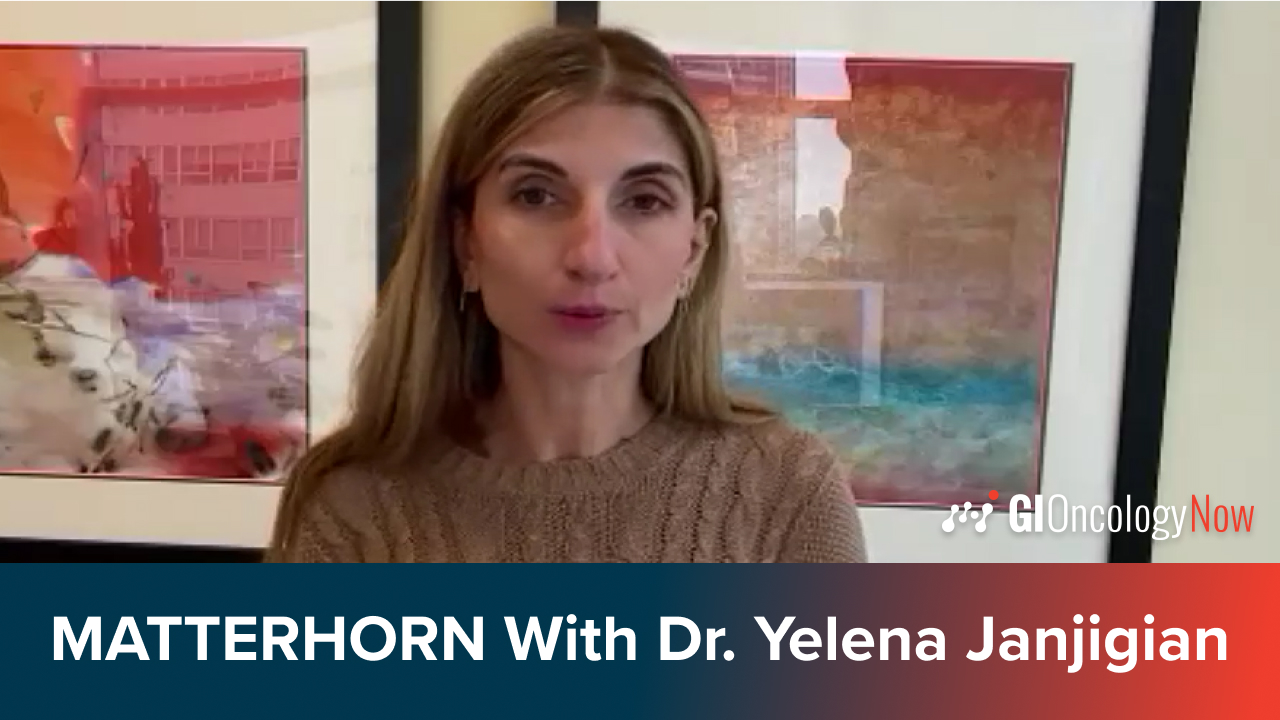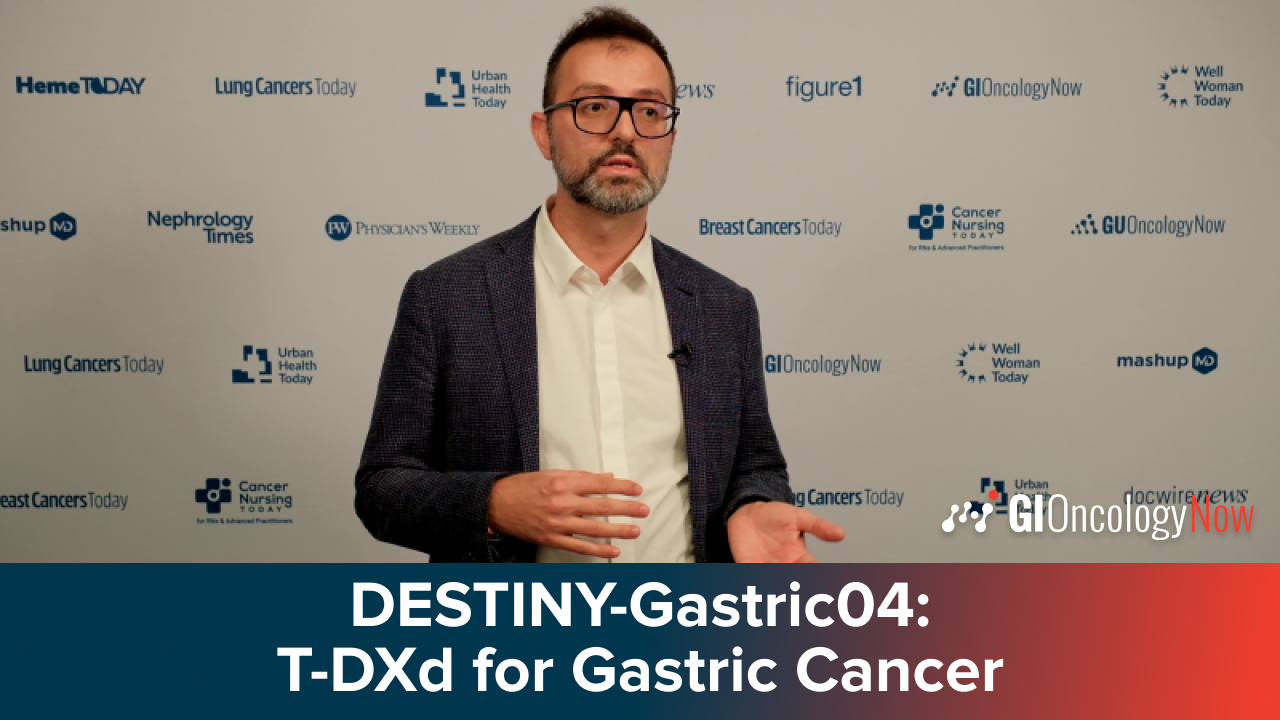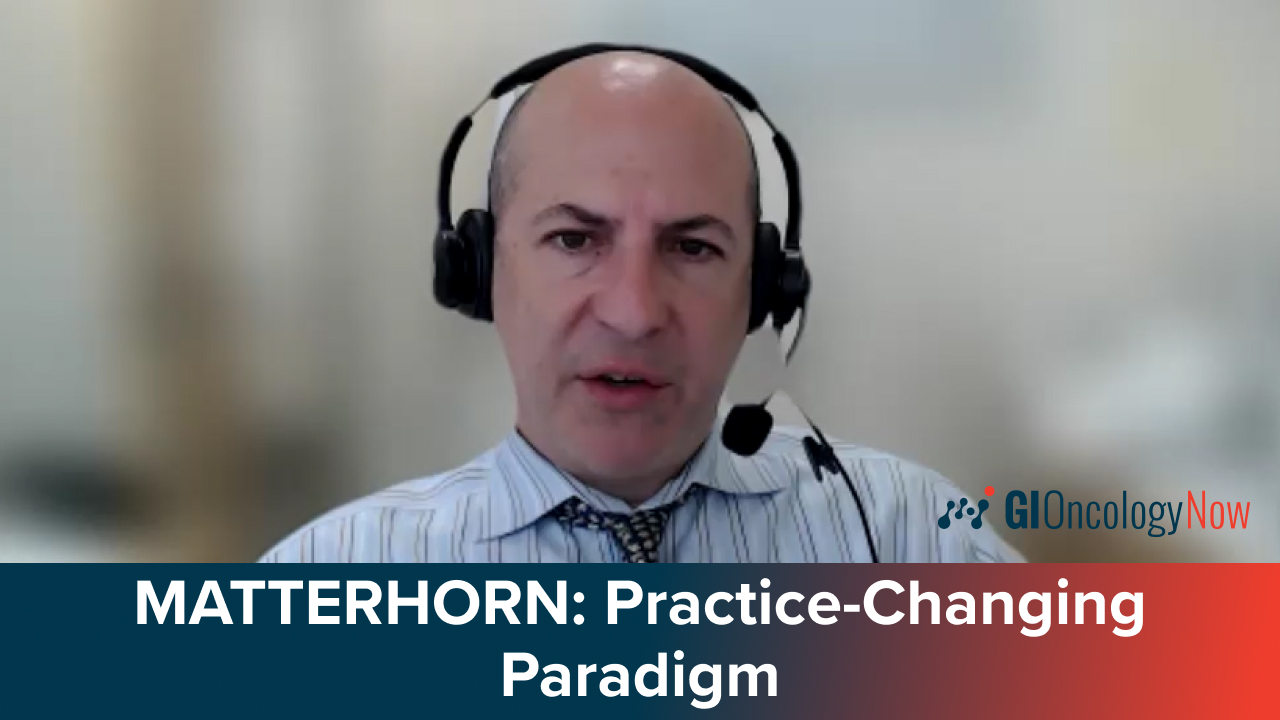Advancing Gastric and Esophageal Cancer Treatment With Biomarker-Driven Strategies
By Yelena Janjigian, MD, Bassam Sonbol, MD, Sakti Chakrabarti, MD, Samuel Cytryn, MD, Mariela Blum Murphy, MD - Last Updated: March 19, 2025Yelena Janjigian, MD, chief of the Gastrointestinal Oncology Service at Memorial Sloan Kettering Cancer Center, is joined by Bassam Sonbol, MD, Mayo Clinic; Sakti Chakrabarti, MD, University Hospitals; Samuel Cytryn, MD, Memorial Sloan Kettering Cancer Center; and Mariela Blum Murphy, MD, MD Anderson Cancer Center, for a roundtable discussion on the upper GI treatment landscape. In the first segment of their conversation, the panelists discuss cutting-edge advancements in biomarker-driven strategies for treating gastric and esophageal adenocarcinomas, including the critical role of biomarker testing, overcoming barriers in community settings, and how personalized approaches are shaping treatment pathways.
—
Dr. Janjigian: Hello and welcome to GI Oncology Now. I’m Dr. Yelena Janjigian. I’m a Medical Oncologist and Chief of GI Oncology Service at Memorial Sloan Kettering Cancer Center in New York. We’re all here in San Francisco at ASCO GI. And it’s great to have my colleagues in person as we share our experiences and opinions on management of both metastatic and early stage gastric and esophageal adenocarcinoma. I’m joined by my colleagues and I’d like to take some time to introduce ourselves. Please go ahead.
Dr. Blum Murphy: Hello. I’m Mariella Blum Murphy. I’m a GI Oncologist from the University of Texas in the Anderson Cancer Center in Houston, Texas.
Dr. Cytryn: I’m Sam Cytryn. I’m a GI Oncologist also at Memorial Sloan Kettering Cancer Center.
Dr. Chakrabarti: I’m Sakti Chakrabarti. I’m a GI Oncologist at Seidman Cancer Center, Cleveland.
Dr. Sonbol: And I’m Bassamam Sonbol. I’m also GI Oncologist at Mayo Clinic in Arizona.
Dr. Janjigian: Great. So of course the field of research and drug development in our disease is constantly evolving. We’re fortunate to have several practice-changing studies, one after the other over the last five years. And the biomarker frontier in gastric and esophageal adenocarcinoma are here. So it would be great to hear from us. And today, maybe you could kick us off on what do you tell your patients when they see you in the clinic? How do you explain what a biomarker is? And how do you get them to agree to get this done?
Dr. Sonbol: To get it done, yeah. I mean, I think it’s, as you mentioned right now, I always tell patients if you have five patients with gastric or esophageal cancer coming into the clinic, at the end of the day, maybe each one of them will end up having a different regimen. So that’s why I tell them, “I’m going to discuss with you what the plan is in general, but there are some things that we have to delineate and these are the biomarkers that will guide us,” I tell them. And I don’t use the word biomarker to them, I tell them, “Okay, there’s some specific targets and proteins we have to check on your tissue to guide us.”
So I tell them that we have to, and in my mind it’s usually the main things we have to check for right now, especially in the metastatic setting is the PD-L1, the HER2, and the MMR testing, along with the Claudin 18.2. Of course we end up sending NGS on all patients, we do both tissue and blood. But we can gauge the treatment and the conversation based on their results.
Dr. Janjigian: And we’ll come back to the NGS portion in a minute. And it’s interesting, if you look at the real world data from Flatiron and other databases, the sobering reality is up to 40% of our patients at large in United States do not get biomarker testing routinely. Mariella, what do you think that is from? And what are some of the barriers that clinicians face in the community? And, of course, you’re at a tertiary cancer center, but how do you get through some of these issues?
Dr. Blum Murphy: Sometimes it’s very challenging when we see patients that they do come for a second opinion and they haven’t had any biomarker testing done. Some of the patients will come with only one slide and we will not have enough tissues, so discussing with them, trying to get an additional biopsy. What are the challenges? I’m not really sure. Probably access to pathologist expertise in the community. Also knowing the biomarker impact on treatment decision. I think it’s important with the new advances and how they feel is evolving and the rapid changes, I think keeping up with the knowledge and these protein reports.
So I think it’s important and conversations like this will help. So it is definitely important for our patients to have these, at least, four biomarkers done at diagnosis in the advanced disease because it does impact the treatment.
Dr. Janjigian: Sakti, when you see a patient in the clinic and they come in symptomatic, you perhaps already have the port in or the port can go in two days later. Do you wait for PD-L1 testing, HER2 testing, MSI testing before you start therapy or what do you do?
Dr. Chakrabarti: So that’s, I think, a challenge for all of us, I think. And that depends case by case. I think it is reasonable to start with chemotherapy alone, and then as the biomarker results roll in, we add or modify our treatment. I think many clinicians do it and that’s the right thing to do. But what I try to impress on our patients that the esophageal gastric cancer is a biomarker-rich disease. And I tell them up front gastric cancer in you will behave differently in gastric cancer in somebody else’s body, X, Y and Z. So although it is gastric cancer, it’s a common name, they behave differently. So we need to figure out the character of your tumor.
And I do believe that biomarker testing is important and sometimes when we have insufficient tissue in the first biopsy, we discuss with our patient and get another EGD and biopsy. Now fortunately, EGD by itself is not a very cumbersome process like colonoscopy, so often patients will agree to undergo another upper GI endoscopy and biopsy. So my point is we need to profile these patients well and that’s how we can achieve the best outcome.
Dr. Janjigian: So do you wait to start before?
Dr. Chakrabarti: I do not.
Dr. Janjigian: You don’t.
Dr. Chakrabarti: No, I do not wait.
Dr. Janjigian: So what do you do?
Dr. Chakrabarti: If patient is symptomatic, I’ll go and start with chemotherapy, let’s say FOLFOX, which works for most patients. Even if we know that in MSI-high patients chemotherapy is not the ideal treatment, but chemotherapy has some activity. We know that from colon cancer studies and other studies. So once the patient comes back as MSI-high… Now in our center though we have reflex HER2 and MMR-IHC testing, so most of the time we have those informations right away. But if not, I have no problem starting with chemotherapy and then adding or modifying therapy afterwards.
Dr. Janjigian: But knowing that 80% of patients most likely to be at least to have some PD-L1 over expression, you wait to start IO still?
Dr. Chakrabarti: Actually my preference is I like to start IO irrespective of PD-L1 status, based on the FDA approval. However, there are some logistical challenges. The insurance approval doesn’t come through. Excuse me. But my preference is to offer IO with chemotherapy irrespective of PD-L1 status. It’s just because the volumes of data have been published showing the PD-L1 expression depends on when you are doing the biopsy and what part of the tumor we’re doing biopsy from, all the spatial and temporal heterogeneity. So my preference is to add IO with chemotherapy if I can, as soon as possible.







 © 2025 Mashup Media, LLC, a Formedics Property. All Rights Reserved.
© 2025 Mashup Media, LLC, a Formedics Property. All Rights Reserved.